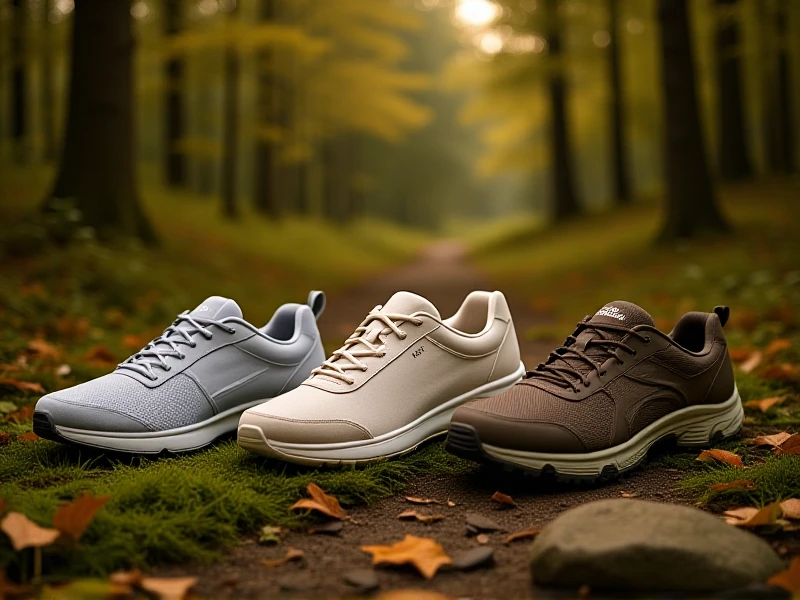
The Ultimate Guide to Choosing the Perfect Pair of Jogging Shoes
Here's a SEO-optimized article on jogging shoes:
Finding the ideal pair of jogging shoes is the cornerstone of a comfortable, injury-free, and enjoyable running experience. Whether you're just starting your running journey or are a seasoned pavement-pounder, the right footwear makes a world of difference. This guide cuts through the noise to help you identify the best jogging shoes for your feet and goals.
Comfort: The Non-Negotiable Factor Above all else, jogging shoes must feel comfortable from the very first stride. Ill-fitting shoes lead to blisters, hotspots, and ultimately, discourage you from sticking with your routine. The perfect fit allows a thumb's width of space at the toe box, ensures a secure but not tight heel lock, and offers ample padding around the ankle collar. Trying shoes on in the afternoon (when feet are slightly swollen) and wearing your typical running socks provides the most accurate feel. Comfort trumps everything else when it comes to jogging shoes.
Understanding Your Foot Mechanics Not all feet are created equal! Crucial to choosing the right jogging shoes is understanding your foot type and gait – do you overpronate (foot rolls inward excessively), underpronate/supinate (foot rolls outward), or have a neutral stride? Visiting a specialty running store for a gait analysis is invaluable. Staff can assess your foot strike and recommend the appropriate level of support. Stability shoes combat overpronation, neutral shoes cater to a neutral stride or mild pronation, and cushioned/motion control shoes offer maximal support for specific needs. Matching your gait to the jogging shoe type is essential for injury prevention.
Function Follows Terrain Where you predominantly run dictates the best type of jogging shoe. Road running shoes are lightweight, flexible, and designed with cushioning optimized for paved surfaces. Trail running shoes prioritize durability, deeper and more aggressive tread patterns for uneven terrain, extra toe protection, and often enhanced stability features. While versatile cushioned jogging shoes exist, selecting shoes tuned to your primary surface enhances performance and longevity.
Quality Cushioning & Response The midsole is the engine of jogging shoes. Quality cushioning material (like EVA foam or advanced compounds like Nike's React, Adidas's Boost, Brooks's DNA Loft) absorbs impact shock effectively, protecting your joints over repeated miles. However, cushioning shouldn't mean bulky. Modern jogging shoes expertly balance shock absorption with responsiveness – that springy energy return that propels you forward efficiently. Prioritize jogging shoes that feel supportive throughout your run without being overly harsh or mushy.
Breathability: Keeping Feet Cool and Dry Longer runs inevitably lead to sweaty feet. Good jogging shoes feature engineered mesh upper materials designed to wick moisture away and allow maximum airflow. This breathability reduces the risk of blisters and keeps feet cooler and more comfortable mile after mile. Look for shoes with visible mesh panels and seamless construction inside to minimize friction points.
Don't Skimp on Investment Your jogging shoes are your primary running tool. Investing in a quality pair designed for your specific needs pays dividends in comfort, performance, and injury avoidance. Replace your jogging shoes every 300-500 miles as the cushioning and support inevitably break down, no matter how good they look. Fresh shoes mean consistently dependable foot protection.
Choosing the perfect pair of jogging shoes requires considering comfort, gait, terrain, cushioning, and breathability. Take the time to find the right match – your feet, legs, and running enjoyment depend on it. Your next great run starts with the shoes on your feet!